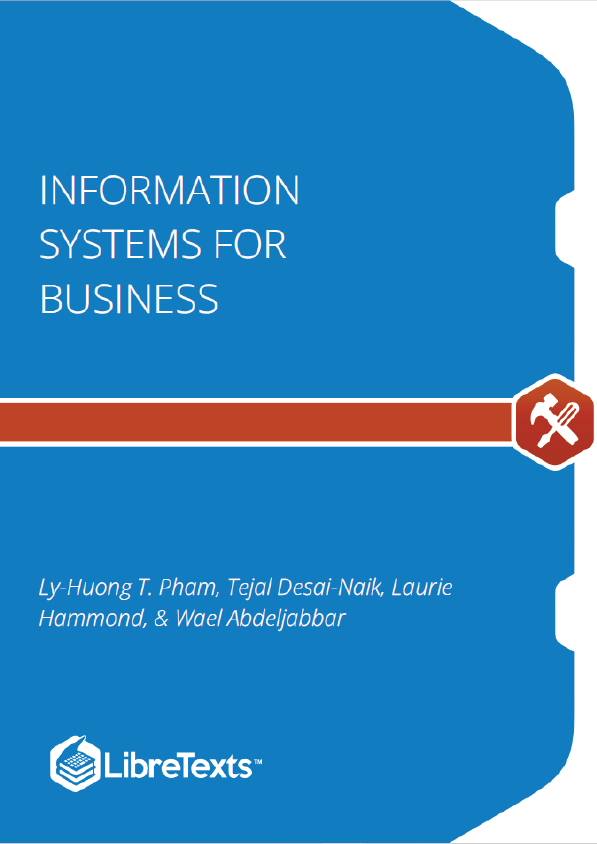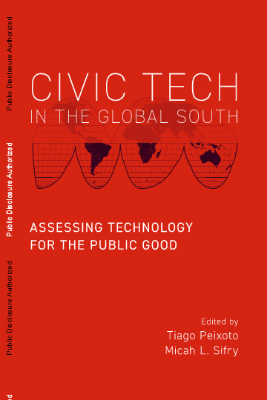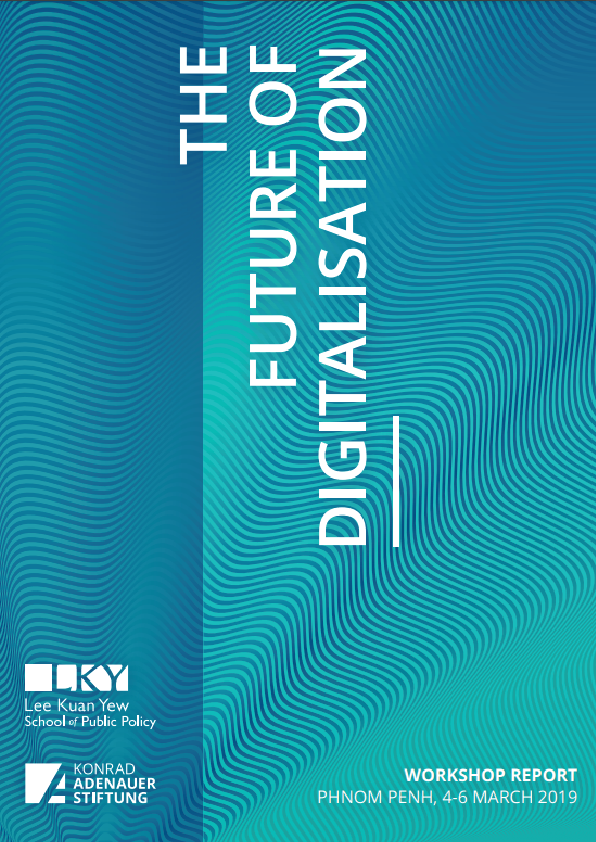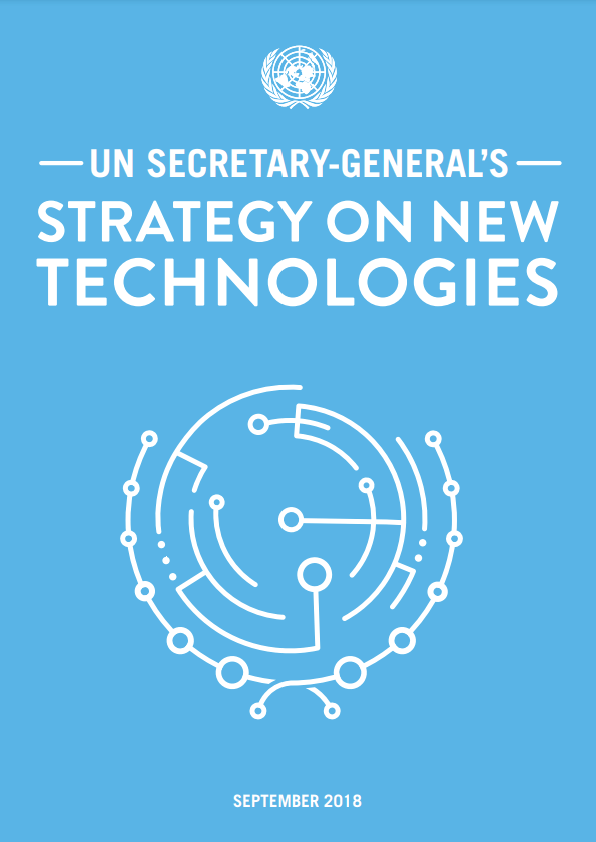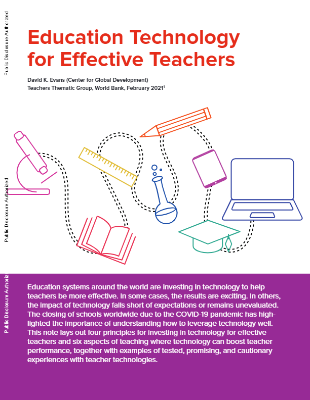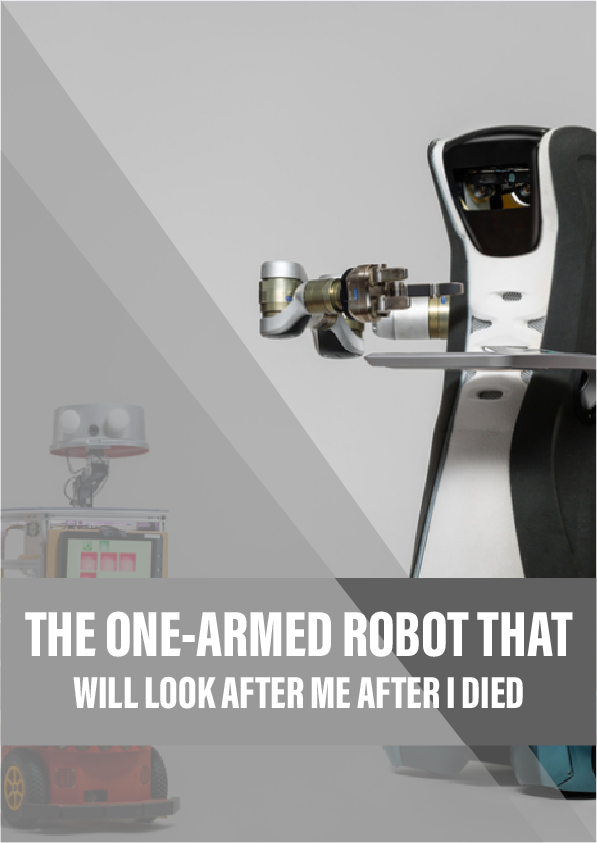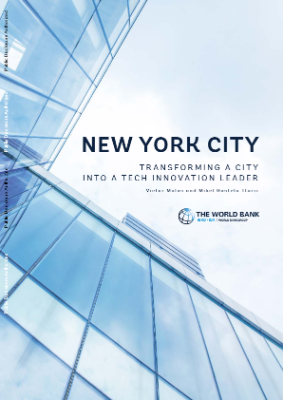Introduction
In the course of a given day, think of activities that you do to entertain yourself, deliver a work product, purchase something, or interact with your family, friends, or co-workers. How many times do you snap a picture, post a text, or email your friends? Can you even remember the number of times you used a search engine in a day? Consider what you are using to do these activities. Most likely, many, if not all, of these activities involve using technologies such as a smartphone, a laptop, a website, or an app. These activities are also enabled by Wi-Fi networks that surround us everywhere, be it on the school’s campus, workplace, the airport, or even cars. You are already a user of one or more information systems, using one or more electronic devices, different software, or apps, and connect globally through different networks. Welcome to the world of information systems!
Information systems affect our personal, career, society, and the global economy by evolving to change businesses and the way we live. To prepare yourself to participate in developing or using information, building a business, or advancing your career, you must be familiar with an information system’s fundamental concepts.
Defining Information Systems
Students from diverse disciplines, including business, are often required to take a course to learn about information systems. Let’s start with the term Information System (IS). What comes to your mind? Computers? Devices? Apps? Here are a few definitions from a few sources:
- “ Information Systems is an academic study of systems with a specific reference to information and the complementary networks of hardware and software that people and organizations use to collect, filter, process, create and also distribute data .” (Wikipedia Information Systems, 2020)
- “Information systems are combinations of hardware, software, and telecommunications networks that people build and use to collect, create, and distribute useful data, typically in organizational settings.” (Valacich et al., 2010)
- “Information systems are interrelated components working together to collect, process, store, and disseminate information to support decision making, coordination, control, analysis, and visualization in an organization.” (Laudon et al., 2012)
They sound similar, yet there is something different in each as well. In fact, these authors define the terms from these perspectives:
- What are the components that make up an information system? How do they work together?
- What is the role of IS in providing value to businesses and to individuals in solving their needs?
Let’s use your experience as users to understand the above definitions. For example, let’s say you work for a small business, and your manager asks you to track the expenses of the business and send her the list so that she can see where the money has gone. You decide to use a spreadsheet on your laptop to enter the list of expenses you have collected and then email the spreadsheet to her once you are done. You will need to have a system, a laptop, a spreadsheet running and connect to email, and an internet connection. All these components must work together perfectly! In essence, you are using the interrelated components in an IS to allow it to collect, process, store, and disseminate information. The role of this IS system is to enable you to create new value (i.e., expense tracker) and for your manager to use the information you disseminate “to support decision making, coordination, control, analysis, and visualization in an organization.” (Laudon et al., 2011) You and your manager have obtained your goals through the processes you have created to capture the data, calculate it, check it, and how and when your manager receives the new information you created to make her decision to manage her company.
Hence, information systems can be viewed as having six major components: hardware, software, network communications, data, people, and processes.
